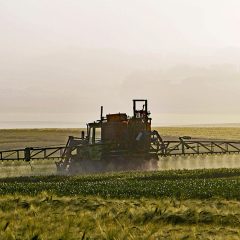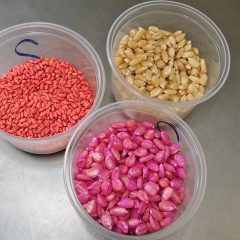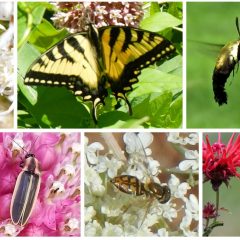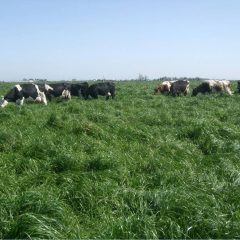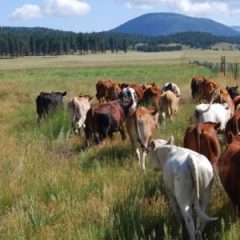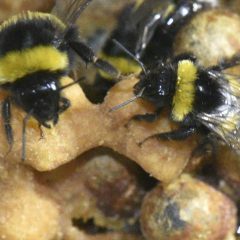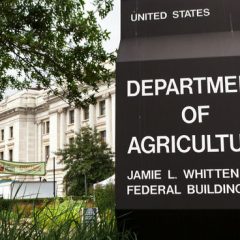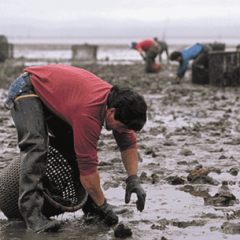In the latest development in the dicamba saga, EPA approved over-the-top application for years to come of three dicamba herbicides. As DTN reports, Bayer’s Xtendimax, BNSFs Engenia, and Syngenta’s Tavium dicamba-based herbicides were each granted five-year registrations with a new restrictions, including a cutoff date of June 30 for soybeans and July 30 for cotton, […]
Read More, References, Comment »
It appears that scientists, and farmers too, are taking a closer look at the ubiquitous use of neonicotinoid seed treatments in US corn, soybean and other crops. Neonics are powerful insecticides used to coat the outside of a wide variety of seeds including grain and oilseed crops. The brightly-dyed layer of pesticide is designed to […]
Read More, References, Comment »
Monarch butterflies need milkweed to survive. Declining populations of this iconic butterfly have been driven by many factors, but until recently, one undisputed factor has received the most attention — the loss of milkweed in the wake of the near-universal adoption of Roundup Ready corn, soybean, cotton canola, alfalfa, and sugarbeets. And these are serious […]
Read More, References, Comment »
A consortium of environmental groups are urging EU policy makers to do more to protect declining insect populations as part of the European “Green Deal.” As ABC news has reported , the EU’s sweeping climate proposal seeks to make Europe “the first climate-neutral continent.” It calls for, among other things, several major ag and land […]
Read More, References, Comment »
A new video features lush pastures, grubby farmers, and happy cows showing off the benefits of pasture-based animal agriculture. Produced by the Real Organic Project, a “a farmer-led movement created to distinguish soil-grown and pasture-raised products under USDA organic,” the video Raising Animals on Pasture highlights the animal welfare, nutritional, and environmental advantages of animals on pasture. […]
Read More, References, Comment »
A thoughtful new piece published online by Aeon calls for a reboot of how the nation’s livestock farmers do business. Grassland 2.0 calls for our livestock farmers to also become grass farmers. It is a re-invention of a very old wheel: the idea that animals and pasture can work together as a kind of ecosystem. […]
Read More, References, Comment »
New science has, for the first time, replicated in a lab experiment the neural impacts on baby bees triggered when foraging adults are exposed to one type of insecticide. The widely used neonicotinoid (“neonic”) insecticide imidacloprid was the focus of the study done by a team at Imperial College London, whose key finding is summarized […]
Read More, References, Comment »
Last week the USDA unveiled it’s new Agriculture Innovation Agenda, a “sustainability” plan with the goal of achieving a 50% reduction in the environmental footprint of US agriculture by 2050, as Politico reports. Sonny Perdue announced the new policy at an annual agency gathering in Virginia on February 20, 2020, or 02/20/2020 – an appropriate […]
Read More, References, Comment »
The Seattle Times reported this week that oyster growers in southwestern Washington state have given up their years-long quest for permits to spray imidacloprid insecticides on their shellfish farms. This story has been brewing along the coastal mudflats of Gray’s Harbor and Willapa Bay, which are about three hours from Seattle. Shellfish farmers, some of […]
Read More, References, Comment »
A team of researchers from Washington and California have just published a paper revealing some interesting unintended consequences of conventional framing practices, with possibly important implications for food safety. Escherichia coli is a human-pathogenic bacteria that is commonly found in livestock and wildlife manure. It can end up on produce when manure is used for […]
Read More, References, Comment »

